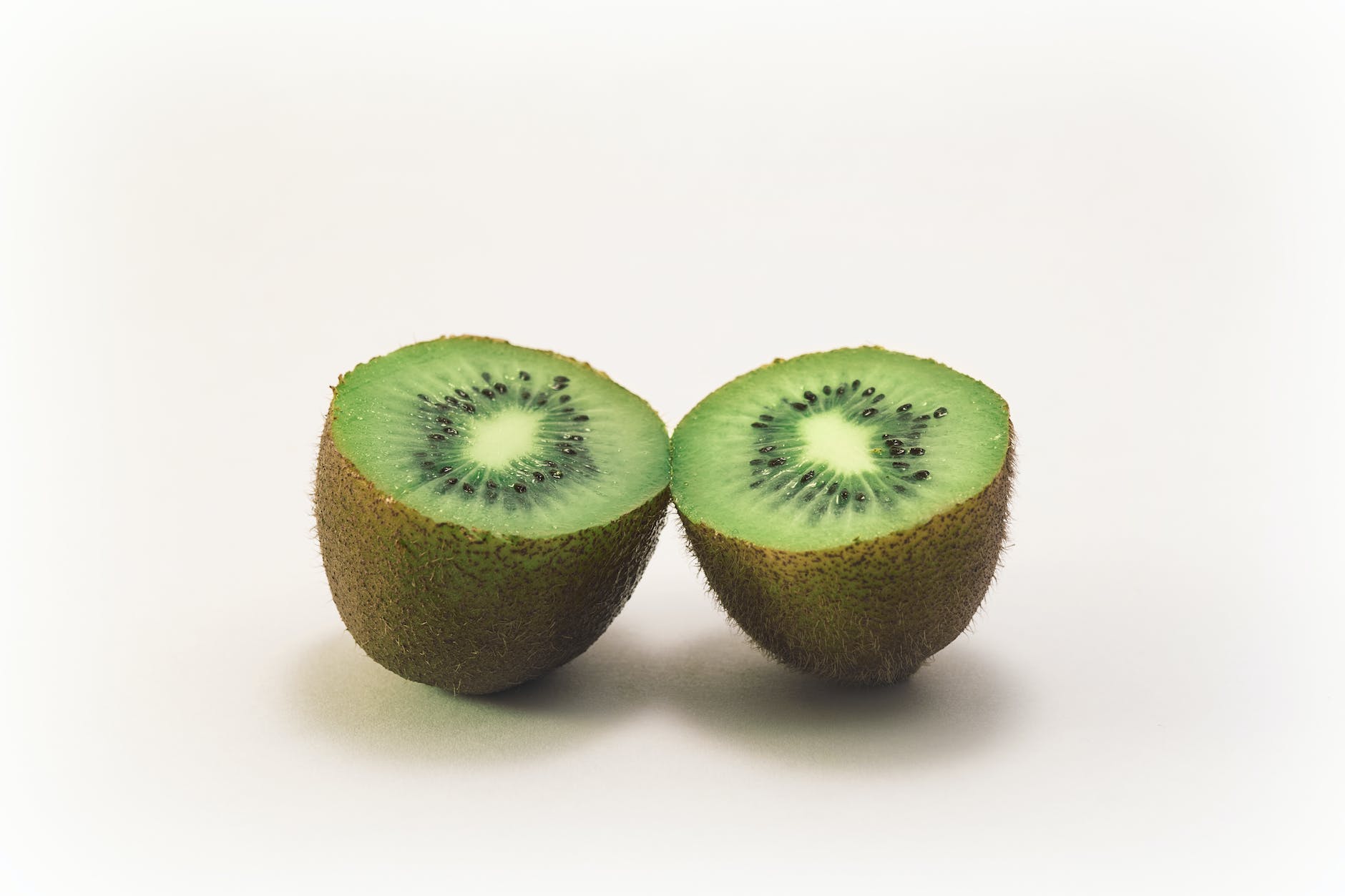
Seafood is a culinary delight enjoyed by many across the globe. Its vast array, from fish to shellfish, offers not only a gastronomic experience but also a plethora of health benefits. However, when it comes to pregnancy, there are numerous questions and concerns about the safety and benefits of consuming seafood. This comprehensive guide aims to address these concerns, providing insights into the types of seafood that are safe during pregnancy, their nutritional benefits, and potential risks.
The Nutritional Benefits of Seafood
Seafood is a rich source of essential nutrients that are vital for both the mother and the developing fetus:
- Omega-3 Fatty Acids: Found abundantly in fish like salmon and tuna, these fatty acids are crucial for fetal brain and eye development.
- Protein: Seafood provides high-quality protein, essential for the growth of fetal tissues, including the brain.
- Vitamins and Minerals: Seafood is a good source of vitamins like B12 and D and minerals such as iron, zinc, and iodine, which support fetal growth and development.
Safe Seafood Choices During Pregnancy
- Salmon: A fatty fish known for its omega-3 content, salmon is a top choice during pregnancy. It’s low in mercury and offers numerous health benefits. Read more about salmon and pregnancy.
- Shrimp: These are low in mercury and can be safely consumed when cooked properly. Discover more about shrimp and pregnancy.
- Cod: A white fish that’s low in mercury. It’s a safe and nutritious choice for expectant mothers. Learn more about cod during pregnancy.
- Mussels and Clams: These shellfish are generally safe when sourced from clean waters and cooked well. Explore mussels and clams during pregnancy.
- Lobster: While it’s a delicacy, it’s essential to ensure it’s cooked well and sourced from unpolluted waters. Dive into the details of lobster and pregnancy.
- Oysters: Best enjoyed cooked during pregnancy to avoid any potential bacterial contamination. Find out more about oysters and pregnancy.
- Crab: Crabs are low in mercury but should be consumed in moderation. Ensure they are cooked thoroughly. Read about crabs and pregnancy.
Seafood to Approach with Caution
- High Mercury Fish: Certain fish, like swordfish, shark, and king mackerel, have high mercury levels and should be avoided during pregnancy.
- Raw Seafood: Raw or undercooked seafood can pose a risk of bacterial or parasitic infections. It’s best to avoid sushi, sashimi, and raw oysters during pregnancy.
- Smoked Seafood: While they’re delicious, there’s a risk of listeria contamination. If you’re craving smoked seafood, ensure it’s a part of a cooked dish.
Seafood and Pregnancy: Making Informed Choices
It’s essential to strike a balance between the benefits and potential risks of seafood during pregnancy. Here are some general guidelines:
- Diversify Your Choices: Incorporate a variety of seafood in your diet to benefit from different nutrients.
- Cooking is Crucial: Always ensure your seafood is cooked thoroughly to kill any harmful pathogens.
- Stay Updated: Recommendations about seafood can change based on new research. Stay updated and consult with your healthcare provider.
- Sourcing Matters: Always buy seafood from reputable sources. This ensures you’re getting fresh and uncontaminated produce.
Incorporating seafood into your pregnancy diet can offer numerous health benefits. However, it’s crucial to make informed choices to ensure the safety of both the mother and the baby.
Related Reads:
- The Comprehensive Guide to Seafood and Pregnancy
- Shrimp and Pregnancy: What You Need to Know
- Lobster: A Safe Choice During Pregnancy?
- Cod and Pregnancy: A Deep Dive
- Mussels and Pregnancy: A Detailed Look
- Oysters and Pregnancy: What You Should Know
- Crab and Pregnancy: Safety and Benefits
Frequently Asked Questions (FAQs) about Seafood and Pregnancy
Q: How much seafood can a pregnant woman eat in a week?
A: It’s recommended that pregnant women consume 8-12 ounces of seafood per week, focusing on low-mercury options.
Q: Are there any specific seafood dishes that are particularly beneficial during pregnancy?
A: Dishes where seafood is cooked thoroughly, like grilled salmon, shrimp pasta, or mussels in white wine sauce, are both delicious and safe for expectant mothers.
Q: Is it safe to eat sushi during pregnancy?
A: It’s best to avoid raw sushi during pregnancy due to the risk of bacterial contamination. Opt for sushi varieties with cooked seafood.
Q: Can I eat canned tuna during pregnancy?
A: Canned light tuna is generally considered safe in moderation. However, it’s best to limit albacore or white tuna due to higher mercury levels.
Q: Why is seafood beneficial during pregnancy?
A: Seafood is rich in essential nutrients like omega-3 fatty acids, protein, and various vitamins and minerals, all of which support fetal growth and development.
Q: Are there any seafood cooking tips for pregnant women?
A: Always ensure your seafood is cooked thoroughly. For fish, the flesh should flake easily with a fork, and shellfish should be cooked until their shells open.
Remember, while seafood offers numerous health benefits, it’s essential to make informed choices during pregnancy. Always consult with your healthcare provider and stay updated with trusted sources.










